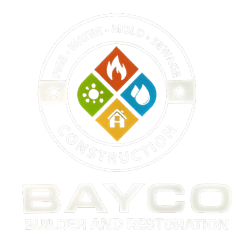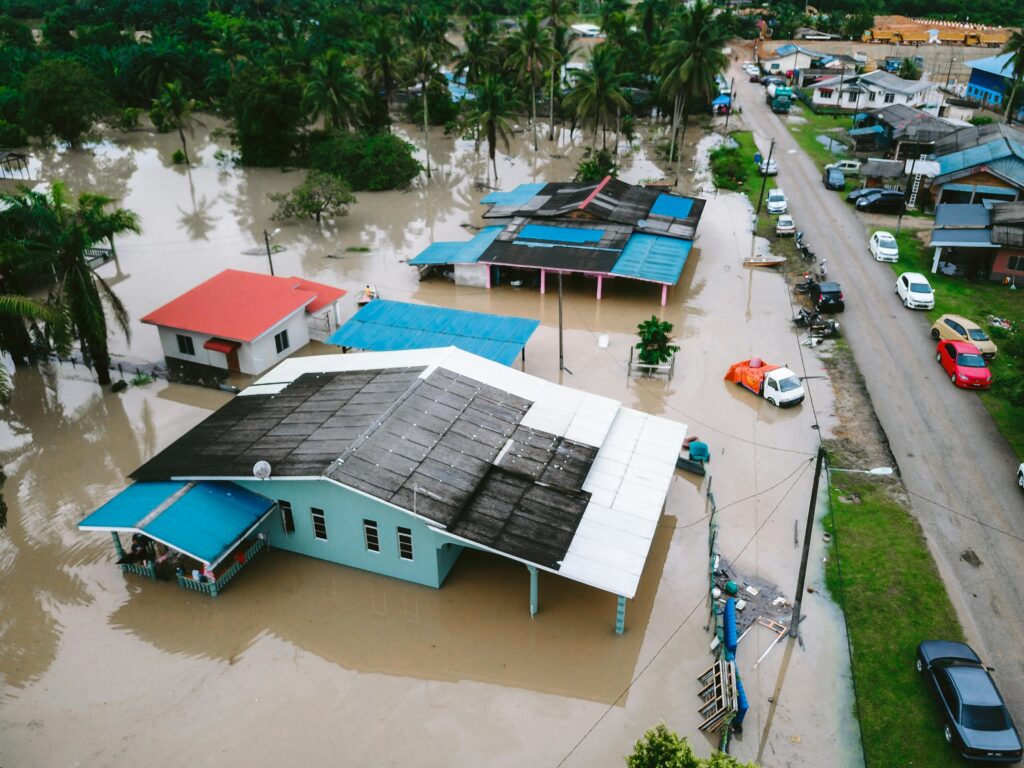Water damage can quickly spiral into a catastrophe if not addressed right away. Water damage restoration experts tackle the damage using a multi-step approach that includes water extraction, drying, dehumidification, followed by thorough cleaning and sanitizing, leading to restoration and repairs. Special industrial-grade equipment is employed, like pumps, dehumidifiers, and air movers, along with advanced thermal imaging techniques to prevent further structural damage and mold growth, ensuring comprehensive and efficient restoration.
Swift Water Damage Recovery: What Restoration Professionals Want You to Know
Whether from a burst pipe, heavy rain, or flooding disaster, water damage can wreak havoc with your property in the blink of an eye. If not addressed right away, it can escalate the problem, further damaging your structure and foundations. Mold can start growing within 24 to 48 hours after water damage, posing serious health risks to the inhabitants. Professional water damage restoration services, like Bayco Builders & Restoration, respond quickly to your emergencies, minimizing damage with their expert knowledge, restoring your property to its pre-damage glory.
Here is your guide to the top strategies used by experts to combat water damage effectively.
- Initial assessment and inspection
An initial assessment by experts is necessary to understand the damage source and the water contamination category. Professionals assess the extent of damage, including hidden moisture, using moisture meters and thermal imaging cameras. Thorough inspection by experts helps to determine the extent of damage. Class 1 reflects minimal damage. Class 4 requires specialized drying techniques.
- Water extraction
Industrial-grade pumps and vacuums are used by experts to swiftly remove the standing or stagnant water, preventing further damage to the property and mold growth. Professional companies provide 24/7 emergency response services to help you deal with this disaster quickly and effectively.
| Did you know? Water damage emergencies affect over 14000 Americans every single day in their home or businesses. |
- Drying and dehumidification
Restoration professionals use high-powered air movers and dehumidifiers with smart sensors to dry out the affected areas, ensuring complete moisture removal from walls, floors, and ceilings to prevent further deterioration of building materials. Special heaters are used to dry out the large-scale commercial spaces.
- Moisture monitoring
Restoration experts continuously monitor moisture levels using moisture meters and infrared thermal imaging cameras to assess drying progress and adjust drying methods for optimal results. Proper air circulation is essential at this stage.
- Cleanup and sanitization
Once the property is completely dry, restoration experts use specialized cleaning agents and techniques to clean and sanitize all the surfaces to prevent the growth of mold and bacteria. Antimicrobial treatments, air scrubbing machines, and HEPA vacuuming are used at this stage for effective results.
- Odor removal
Restoration professionals understand that deodorisation is part of the process to eliminate all the unpleasant odors caused by the extensive water damage to the property. This makes the area safe for habitation.
- Salvaging possessions
All materials cannot be saved, but restoration specialists try to dry out and disinfect documents, furniture, and other belongings while damaged items, drywall, and flooring are removed to start the repair process. Professionals also help you with your insurance claims process by encouraging you to take photos and videos of all the damage and documenting the details to file for claims.
- Restoration and repairs
This last stage involves fixing any structural damage, replacing drywall, flooring, and other damaged materials to protect the structural integrity, followed by repainting. It’s a comprehensive process aimed at restoring the property to its pre-loss stage after water intrusion.
| Fast fact: Water damage can be classified into 3 categories, each with different risks. Category 1: Clean Water Category 2: Gray Water, and Category 3: Black Water |
Conclusion
Rapid professional response for water damage is essential to maintain the structural integrity of your property; otherwise, it can spiral into a further disaster. Expert services tackle the damage using a multi-pronged approach that revolves around assessment, water extraction, thorough cleaning, and drying before moving on to repairs and reconstructions. Time is of utmost importance, and acting swiftly can help restore your property and life to normal within a short period.
Beyond just fixing visible damage, professional restoration also helps eliminate hidden threats like mold growth and compromised insulation that could impact your health and energy efficiency. By trusting certified experts who use advanced tools and real-time monitoring, homeowners can ensure a safer, cleaner, and more resilient living space after any water emergency.
FAQs
What is the latest technology in the water damage drying process?
Professionals use high-tech drying equipment like dehumidifiers with smart sensors and desiccant systems for efficient moisture control.
What’s the first step to fix water damage quickly?
Stop the water source and shut off power supply before calling the emergency response services.
How long does it take for water damage to be fixed?
Depending on the extent of damage, restoration time can vary, but on average, it may take up to 2 weeks from the time the process begins.
What is the first thing restoration experts do after water damage?
They begin with an immediate inspection, identifying the water source and damage category. Then they shut off water, extract standing water, and start the drying process using industrial-grade dehumidifiers.
Can water damage be fully repaired?
Yes—if addressed quickly. Restoration professionals repair damaged drywall, flooring, and insulation. In many cases, homes can be fully restored to pre-loss condition within 3–7 days, depending on the severity.

